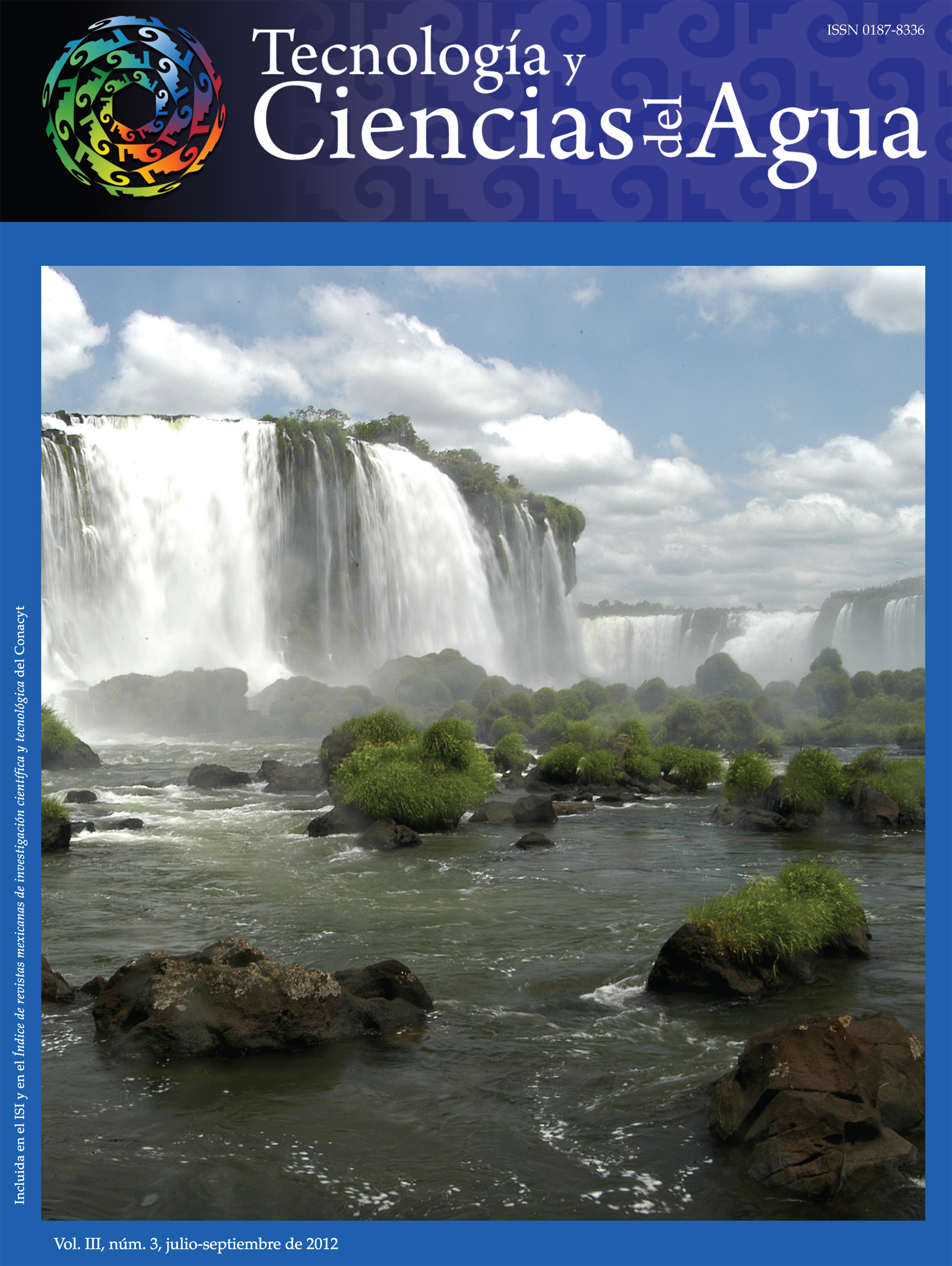Use of membranes to recover effluent water from the cereal industry
Keywords:
cereal industry, membranes, dyesAbstract
The tangential filtration process with effluent membranes was evaluated for the recovery of water for reuse in industrial activities. The membranes were previously treated using biological methods in the experimental plant at the Inter-American Center for Water Resources (ICWR). The most notable effluent characteristics included high turbidity, the presence of two synthetic food dyes-blue brilliant and tartrazine-which were responsible for several green water curtains, and the presence of salts and organic matter with DQO values considered high for the reuse of water. During the evaluation of the filtration process, two ceramic membranes with a cut-off of 150 and 15 kDa and two polymeric hollow fiber membranes with a cut-off of 50 and 13 kDa were tested; these were individually incorporated into pilot-scale filtration equipment. Each process determined the effect of the transmembrane pressure, the water flux velocity and the characteristics of the membranes with the obtained filtered water flux and water quality. The results of the filtration of the effluent from the ICWR showed that the 15 kDa and 13 kDa membranes were the most effective for treating the ICWR effluent in terms of obtaining the water quality parameters needed to clean industrial equipment and supply water to boilers. Nevertheless, the water flux recovered from the effluent was greater with the 13 kDa membrane, reaching 35 Lh-1m-2 during 120 minutes. The most stable membrane was the 15 kDa, which recovered 28 Lh-1m-2 of water during 190 minutes with no polarization problems.Downloads
Published
How to Cite
Issue
Section
License

This work is licensed under a Creative Commons Attribution-NonCommercial-ShareAlike 4.0 International License.
By Instituto Mexicano de Tecnología del Agua is distributed under a Creative Commons Attribution-NonCommercial-ShareAlike 4.0 International License. Based on a work at https://www.revistatyca.org.mx/. Permissions beyond what is covered by this license can be found in Editorial Policy.









